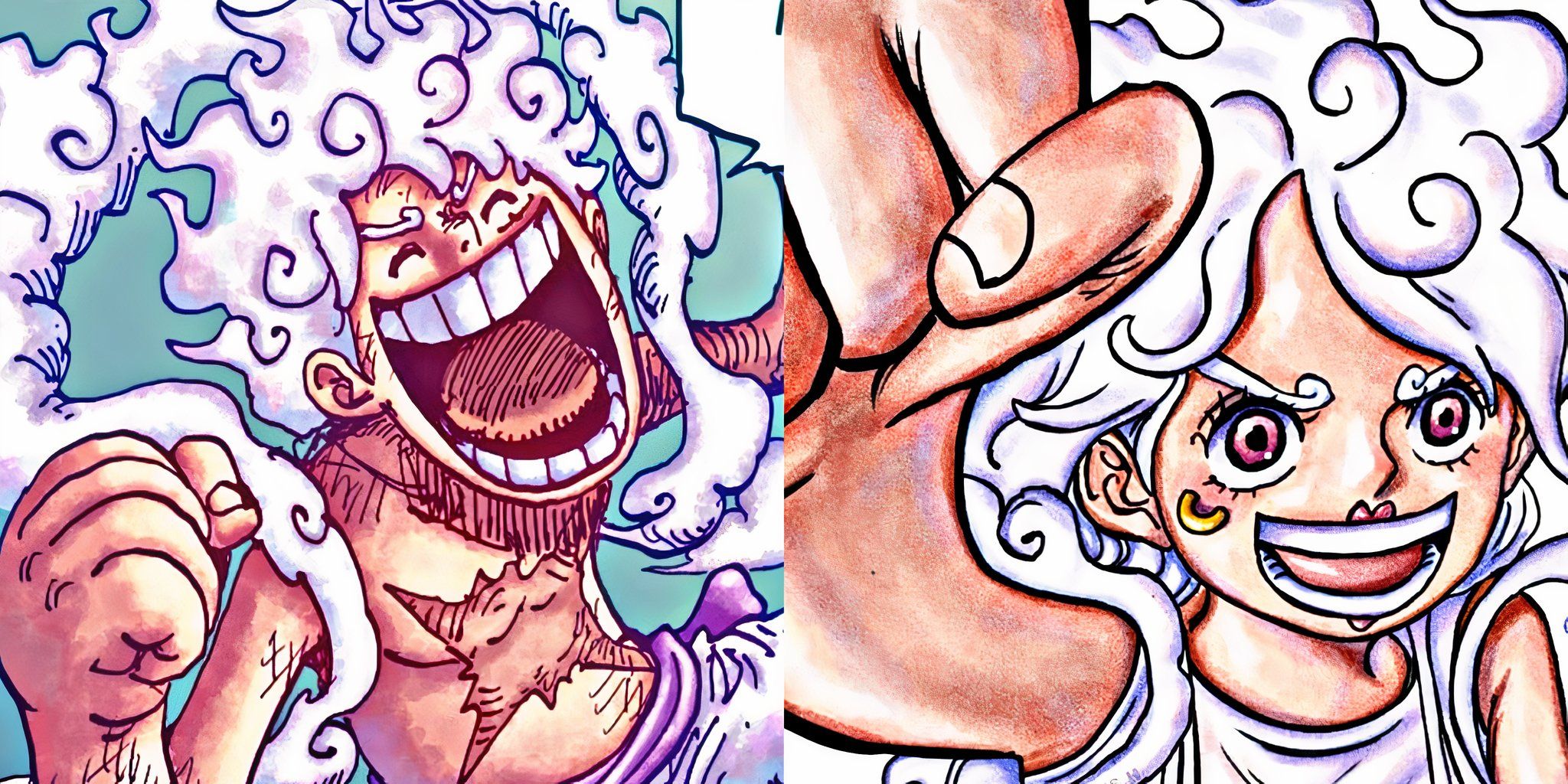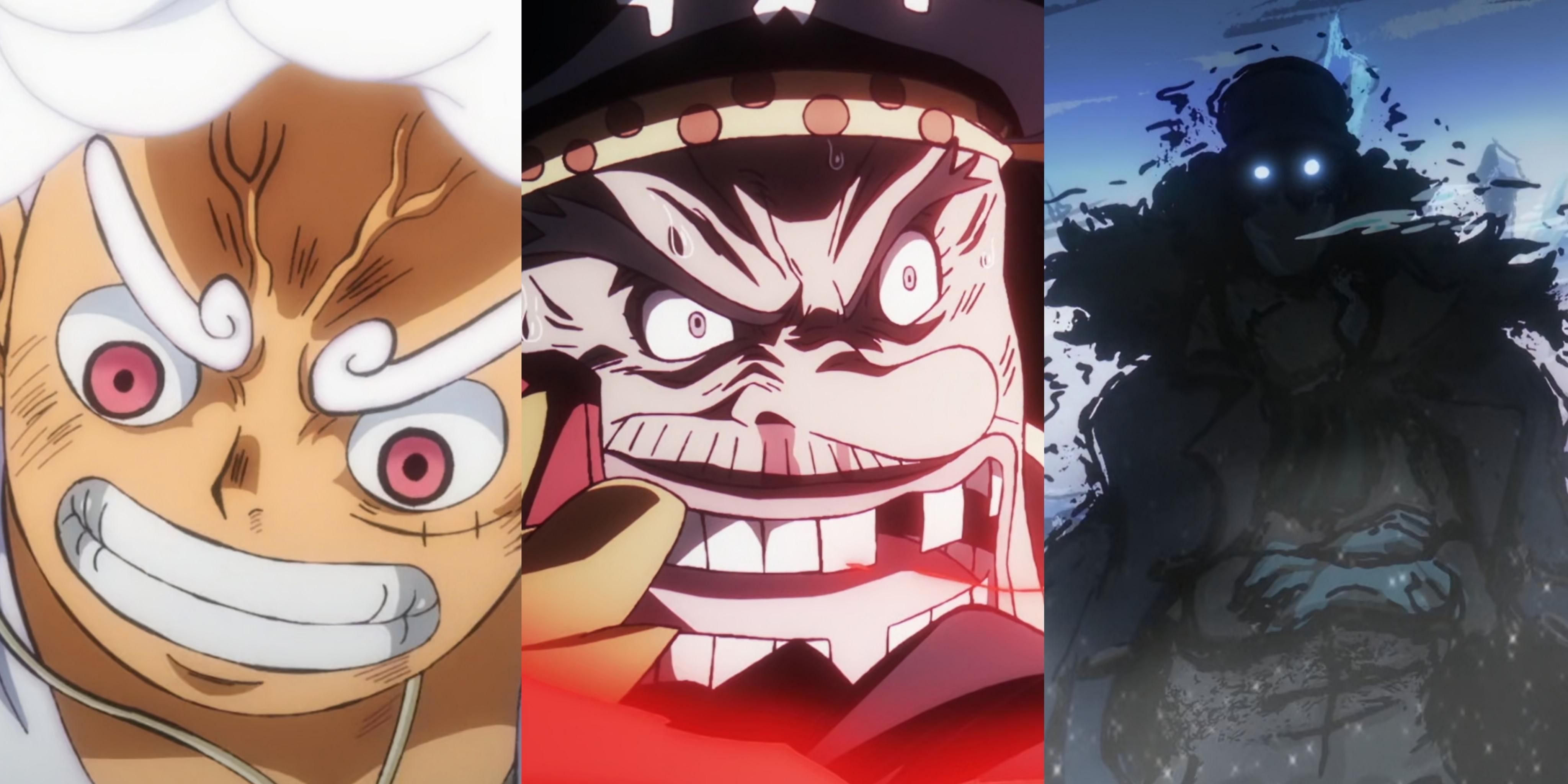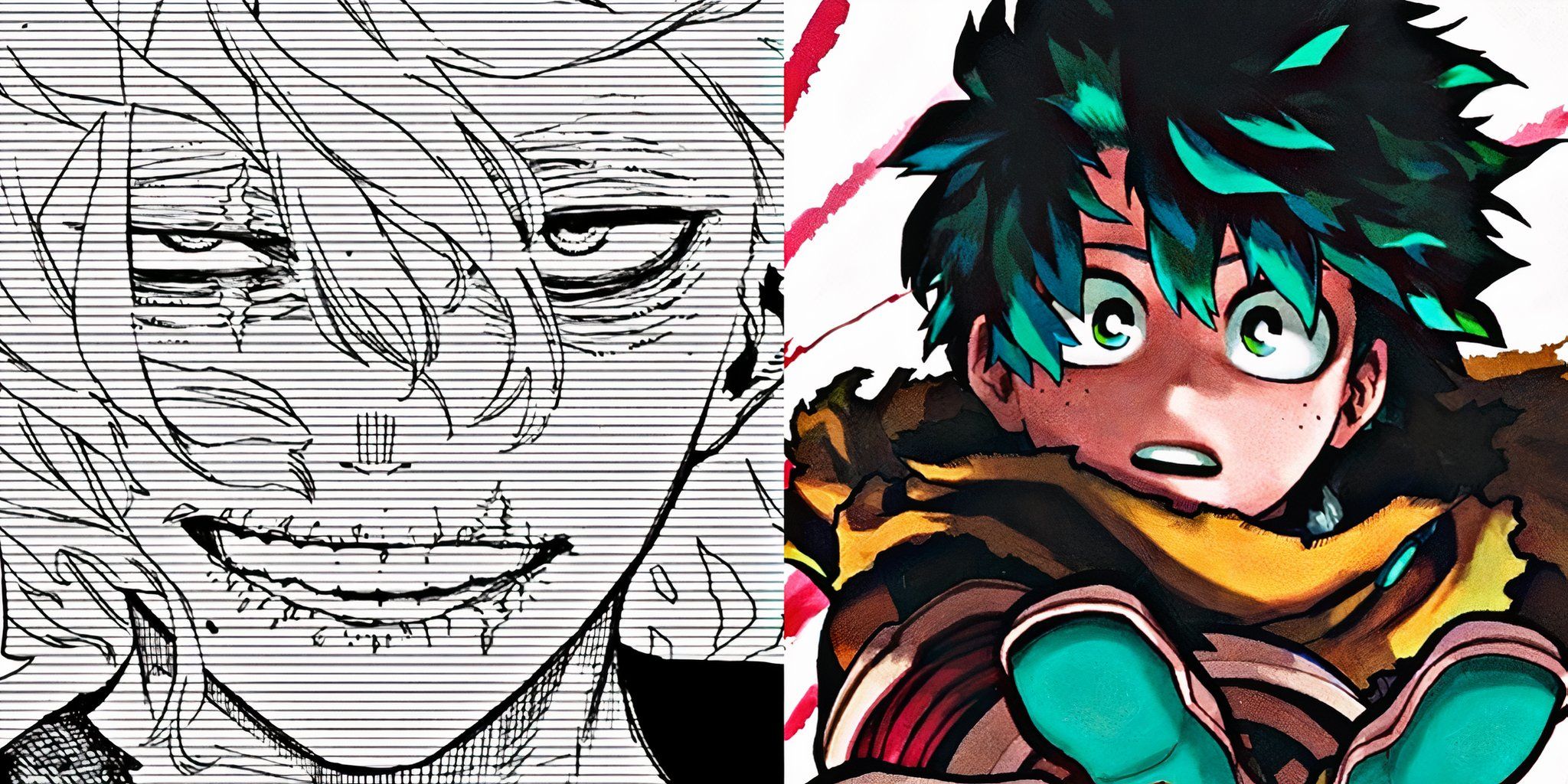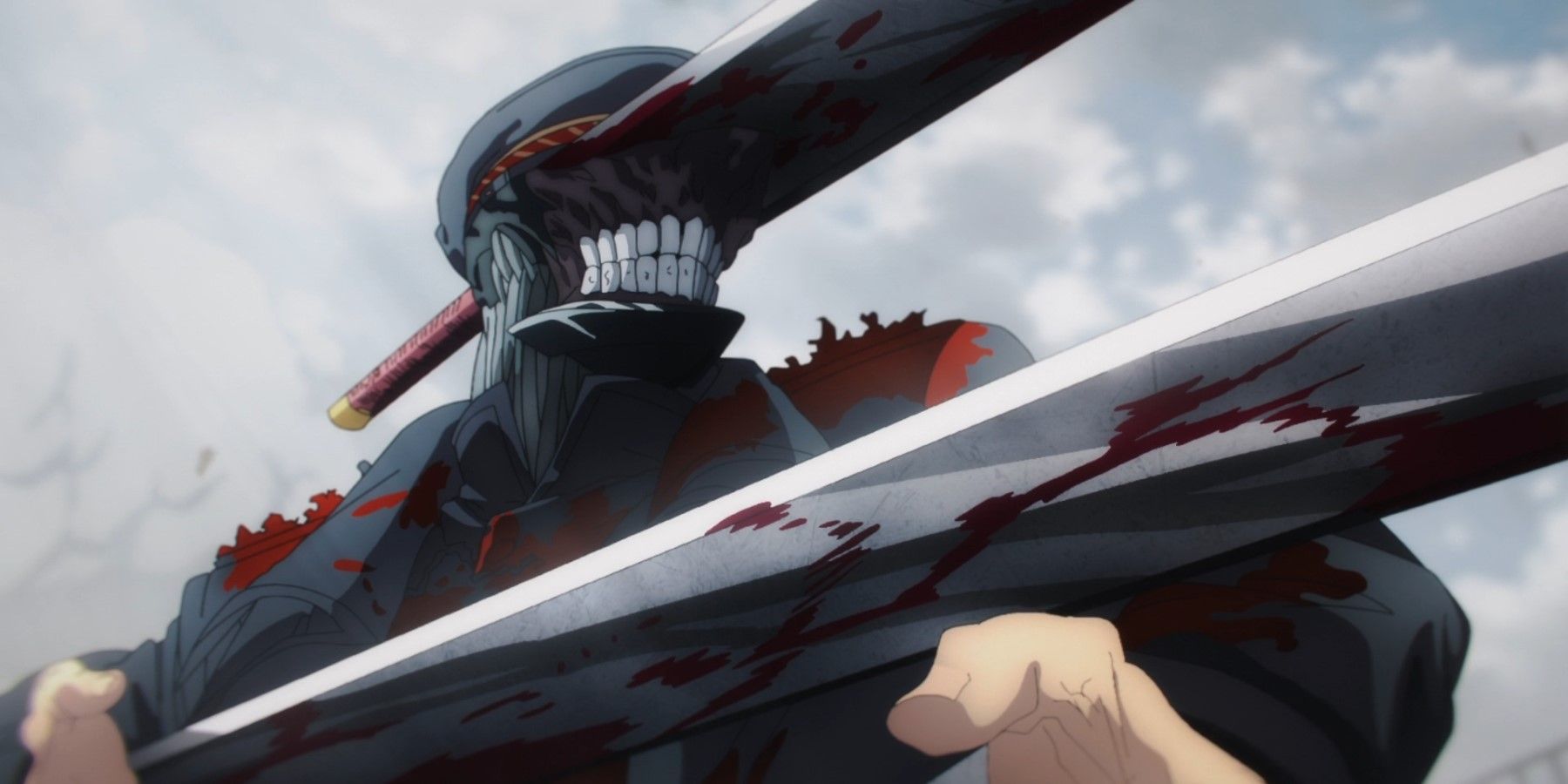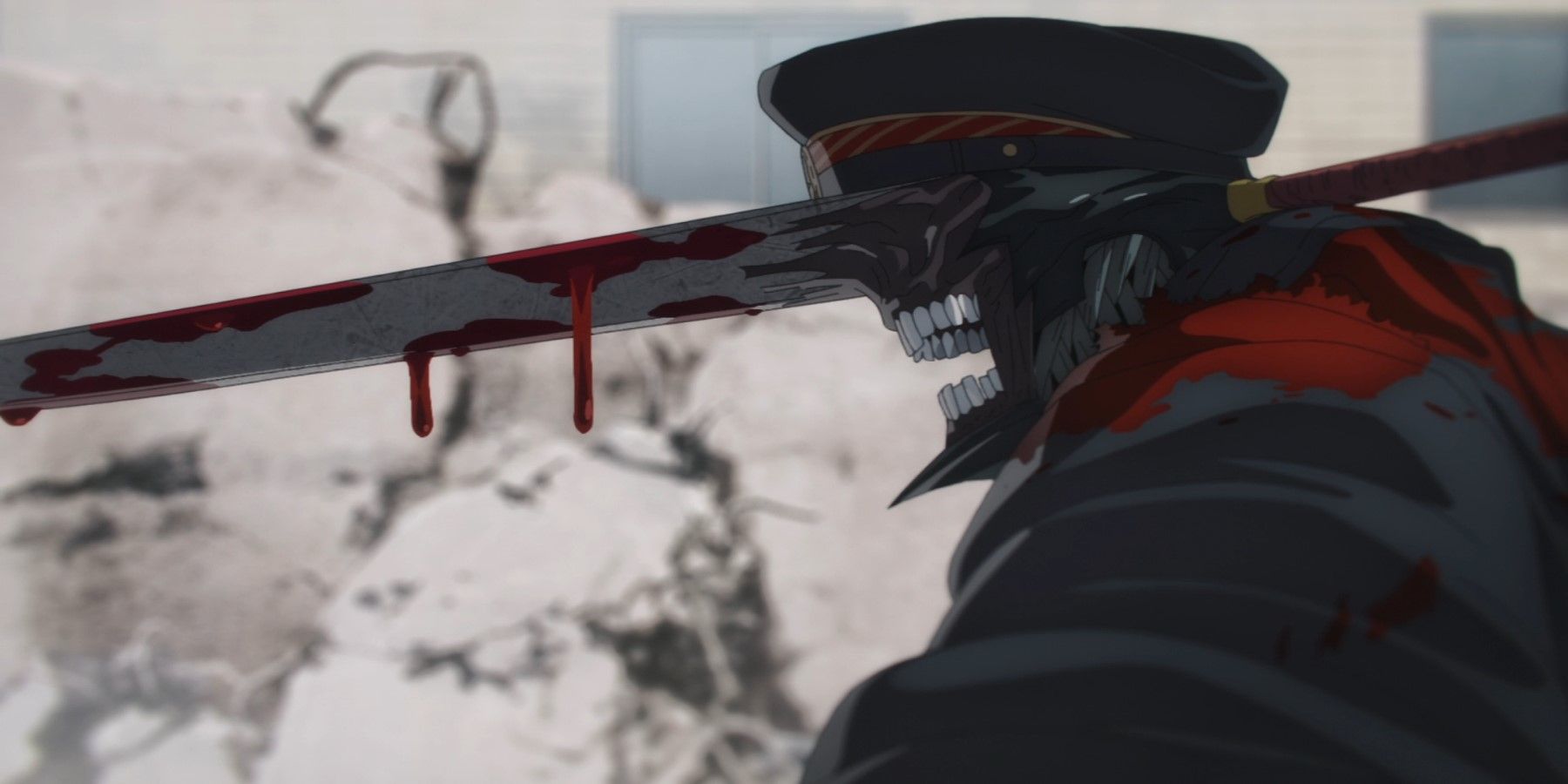This article contains major spoilers for Chainsaw Man Season 1.Every great shonen anime needs a great villain: Dragon Ball Z has Frieza, One Piece has Blackbeard, and Jujutsu Kaisen has Sukuna, just to name a few. However, the latest Shonen Jump hit to be adapted into an anime, Tatsuki Fujimoto’s Chainsaw Man, is a bit of a unique case regarding the main villain of its first season.
The most prominent antagonist in Season 1 of Chainsaw Man is of course Katana Man, who faces off with Denji in the epic season finale. But while Katana Man has all the hallmarks of a classic shonen bad guy, he breaks from the norm in some interesting ways that showcase just why Chainsaw Man is such a unique, fascinating series. So without further ado, it’s time to explore why Katana Man is such a subversive villain.
Katana versus Chainsaw
Throughout the first half of Chainsaw Man Season 1, there doesn’t seem to be a main villain to speak of. There are plenty of freakish monsters for Denji and company to fight, from the Zombie Devil to the Bat Devil to the Eternity Devil. However, none of these initial villains survive for more than one or two episodes, and don’t impact the story as anything more than plot devices. They serve their narrative purpose well, certainly, but they aren’t all that memorable or interesting as characters. For a good chunk of the season, Chainsaw Man is functionally a “Monster of the Week” type series, without an overarching antagonist to drive the plot.
However, all of that changes in Episode 8, “Gunfire”, which introduces Katana Man to the series. An ordinary outing for Denji and company quickly takes a dark turn when a mysterious man appears, offering cryptic words about his dead grandfather. It soon becomes clear that this man is the grandson of the Yakuza boss who forced Denji into working off his late father’s debt. Blaming Denji for his grandfather’s death, the man intends to get revenge by taking Denji’s life. And when Aki attempts to protect Denji, the mysterious man reveals that he has Hybrid powers just like Denji, unleashing his Devil form as Katana Man.
Katana Man’s arrival heralds a vicious massacre of Special Division 4, including the deaths of major characters like Himeno and Arai. He brutally defeats Aki and makes even shorter work of Denji, swiftly ending their duel by cutting him in half. The moment he takes the stage, Katana Man cements as the main antagonist of Chainsaw Man Season 1. Everything about him practically screams that he’s going to be Denji’s archnemesis: not only does he have an even deadlier version of Denji’s powers, he also has a personal grudge against him, and is responsible for multiple character deaths. It’s the perfect introduction for a big bad — which makes what happens with Katana Man later on even more interesting.
Requiem for a Rival
When Denji and Katana Man face off again in the Season 1 finale, “Katana vs. Chainsaw”, their rematch is just as spectacular as one would hope. It’s a high-flying, fast-paced showdown that stands out as one of the best fights in a series filled with fantastic action. However, it’s what happens after the fight that completely changes what sort of character Katana Man is. Denji confronts the captured and helpless Katana Man, declaring his intent to get revenge for Himeno’s death in the most brutal way possible — namely, by kicking Katana Man in the balls over and over again. And while Aki initially scoffs at Denji’s childishness, he soon joins in on the beatdown. Katana Man’s screams of pain are described as a requiem played in Himeno’s honor as Denji and Aki deliver their comically irreverent punishment to the season’s main villain.
Katana Man receives such an undignified ending to his storyline that it’s hard not to feel his earlier menace diminish as a result. And while this may seem at first to be a sign of tonally inconsistent writing, a closer look at Katana Man’s characterization indicates that this is exactly what Fujimoto had in mind. While the monologue in his first scene is intimidating in context, it’s much less frightening when you listen to what he’s actually saying. Katana Man speaks of his grandfather as an honorable and beloved pillar of the community, yet this couldn’t be any further from the reality of the cruel mobster who exploited Denji for years. He even applauds the man for “only [killing] a handful of women and children” seemingly unaware of how damning his faint praise is.
When you look beneath the terrifying surface, Katana Man isn’t the unstoppable death machine he’s made out to be: he’s just a small, spiteful, selfish man trying to avenge the death of an equally small, spiteful, and selfish man. His grudge against Denji doesn’t even have any basis in reality — it was technically the Zombie Devil who killed Katana Man’s grandfather, while Denji was just the one who destroyed his undead corpse. Denji attempts to explain as much to Katana Man, only to be promptly dismissed. Despite his horrifying first impression, Katana Man was never big bad material to begin with. Deep down, he was always pathetic, and he’s treated as such in his final scene.
One recurring motif across Chainsaw Man is that people are almost never who they appear to be at first. Aki and Power are both hostile to Denji at first, but they gradually become his most stalwart allies. Kishibe seems cold and distant, but he still cares about his students. Kobeni may be a nervous wreck, but she’s still a deadly fighter when she needs to be. And as for Katana Man, he initially seems like a threatening main villain who will serve as Denji’s ultimate nemesis throughout the series. But in the end, he’s nothing more than a petty loser chasing a pointless vendetta. And somehow, that just makes him even more interesting. Yet another testament to Tatsuki Fujimoto’s incredible skill at character writing.

